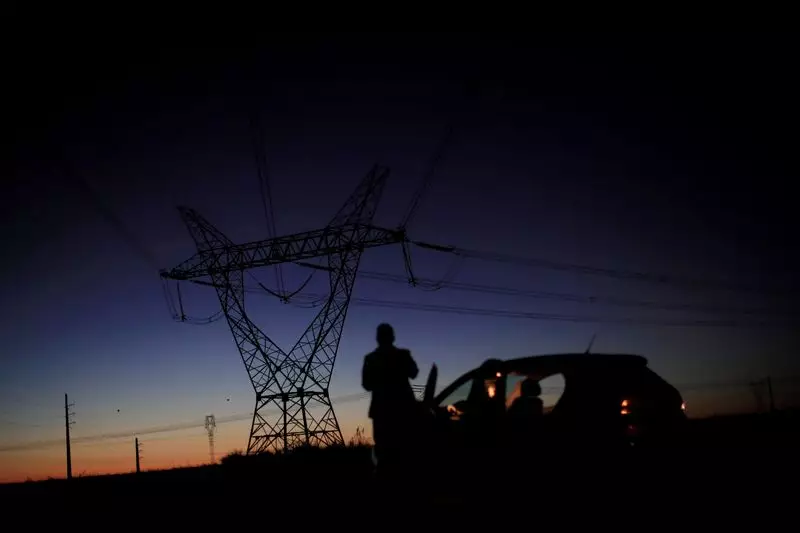Brazilians are set to experience an increase in their electricity bills for the month of September. This decision was made by the local power regulator Aneel in response to a decline in reservoir levels at hydroelectric plants. Despite the country’s efforts to incorporate wind and solar power into its energy mix, over half of Brazil’s power still relies on hydroelectric plants.
Aneel has established a pricing system that categorizes the severity of the situation as “green”, “yellow”, “red level 1”, and “red level 2”. Under the “green” category, there are no additional charges on electricity bills. However, as the severity increases towards the “red level 2”, additional tariffs are gradually introduced. This move not only affects consumers but also raises concerns about inflation in the country.
For the month of September, Aneel announced that they will activate the “red level 2” ranking, leading to an additional cost of 7.88 reais ($1.40) per 100 kilowatt-hour of power consumed by Brazilians. This decision marks the first time since August 2021 that the “red level 2” has been implemented. The reasoning behind this move is due to the forecast of significantly reduced rainfall in Brazil’s main hydroelectric areas, prompting power generators to rely more on thermoelectric plants that come at a higher cost.
Interestingly, in August, consumers did not face any extra charges on their electricity bills. This stark difference in a span of a month highlights the volatility of Brazil’s energy sector, emphasizing the need for a diversified energy mix to mitigate such price fluctuations in the future.
The increase in electricity bills for Brazilians in September serves as a reminder of the importance of energy resilience and sustainability. As the country grapples with dry seasons and fluctuating reservoir levels, it is crucial for policymakers to continue investing in alternative energy sources to reduce reliance on hydroelectric plants. This move not only ensures stable pricing for consumers but also contributes to a greener and more sustainable future for Brazil’s energy sector.

